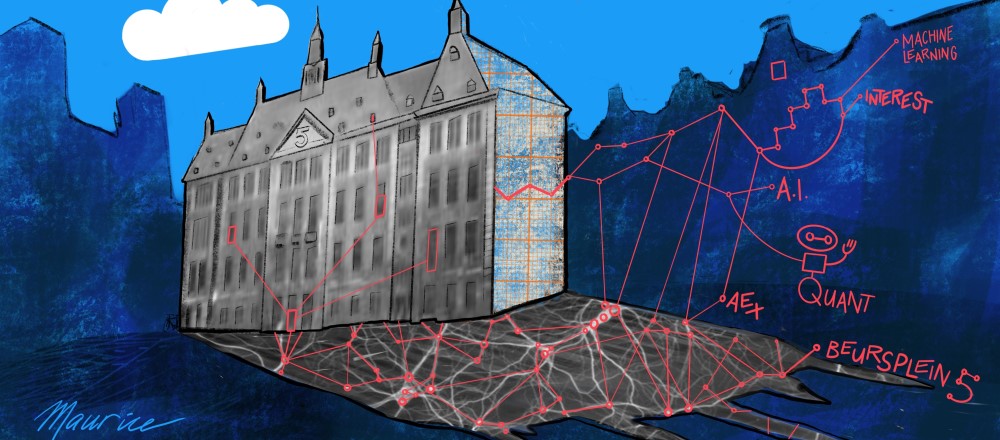I go out with my papers, paint, brushes and bottles
to a river or sometimes to the sea.
When arriving I put down my materials,
I breathe the air,
I absorb the lively place around me,
its colors, the light in the sky.
I let the papers float in the river, to absorb the water and absorb nature.
Every river or sea has its own way of working with the painted colors, sometimes giving beautiful shades and sometimes a more rusty texture.
It is the soul of the water showing itself
through the way it works, leaving its pigment traces on the paper.
Then before starting I connect with the trees, the sand, the birds...
There are many ways to draw a portrait, a landscape, a tree.
One way to draw a tree is by copying the shapes, the lines, the colors.
Myself I let the tree show itself in me
and through me,
concentrating on breathing,
on connecting to the earth,
I let the tree flow into my body and show itself.
Then I dive into this feeling
I get the paper from the river and start painting.
The colors spread over the paper, mixing and fading
I keep sculpting the shapes until the moment that I awake from this dream.
In a way I try to create the right conditions, to get myself in a sort of flow.
It is like in dreams, where rational filters disappear
and images that have been suppressed show themselves.
These images are touching the heart of me,
and later when I am back in my atelier they help me
to easily recreate the original feeling with all its depth and emotions.
it creates and creates without 'thinking'
and I trust the intensity of this feeling
until I wake up for the last time
and a very rich painting appears,
and a very rich painting appears,
clearly showing harmony despite the numerous detailed patterns it holds.
It is like awaking from a dream and seeing the images frozen on a piece of paper.





